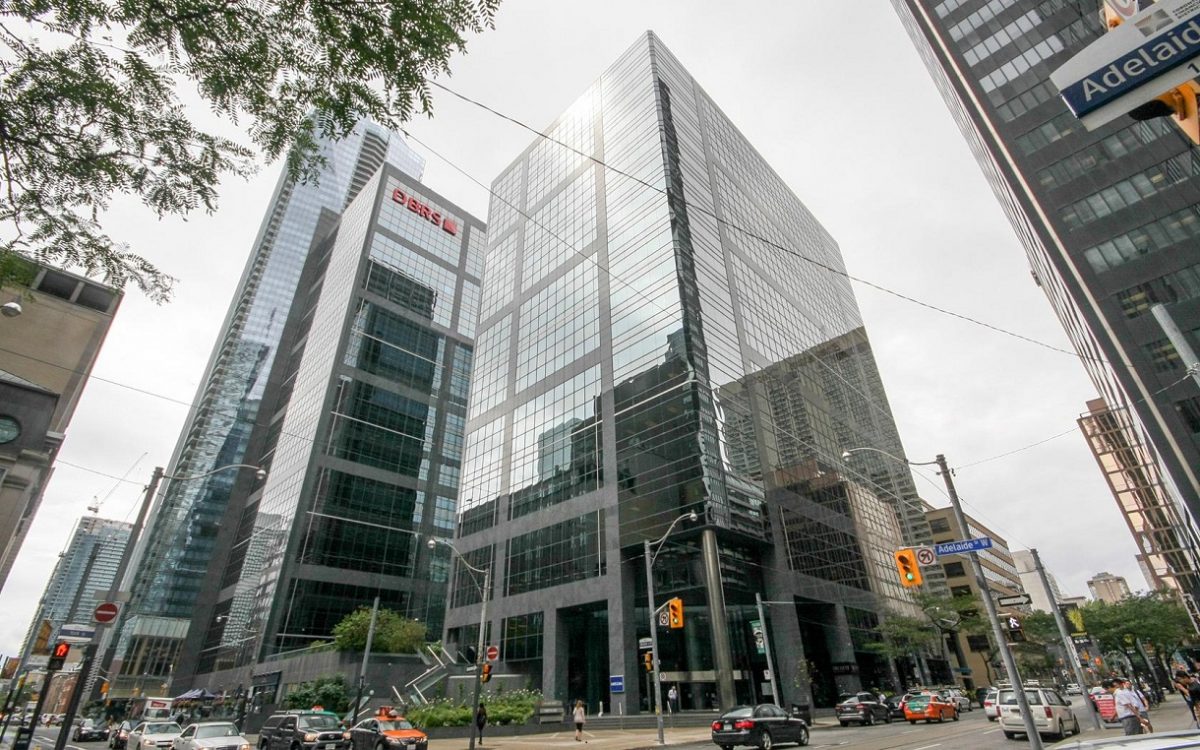The plaintiff was injured when the defendant Ball hit him in the head with his goalie stick during a hockey tournament held at the Fort Erie Leisureplex. Ball was convicted of assault causing bodily harm. The plaintiff sued Ball, along with the Town of Fort Erie (owner of the arena complex), Stoddard (tournament organizer), and Madison’s Pub (a pub that operates in the arena complex). Ball was noted in default. The remaining defendants brought motions for summary judgment on the basis that the assault was not reasonably foreseeable, and in the alternative, they did not breach the standard of care.
Justice Sweeny dismissed the motions, holding that this was not an appropriate case for summary judgment. Justice Sweeny found it was evident that not all evidence that the parties intended to call was before the Court. For example, there were no cross-examinations on two affidavits filed in support of the plaintiff because of scheduling difficulties, and two witnesses who initially spoke with representatives of the plaintiffs would not execute affidavits. Credibility was at issue. Given the issues in dispute and the state of the evidence before the Court on the motions, this was not a case where justice could be done by way of summary judgment – the situation required the full forensic machinery of a trial. Justice Sweeny noted that bifurcation may be beneficial given that the issues of liability were ripe for determination.



